Figures & data
Figure 1. SPP1 expression associated with clinical benefits of IO-TKI therapy in RCC.
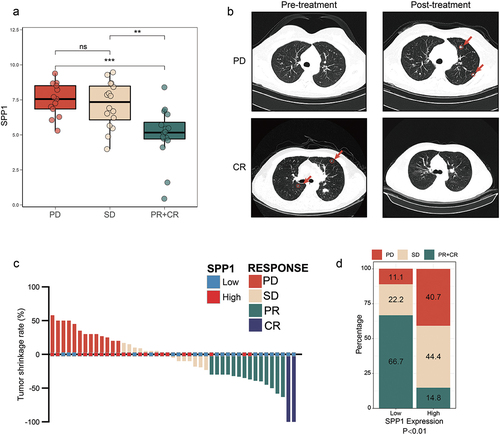
Figure 2. Prognostic value of SPP1 expression for IO-TKI therapy in metastatic RCC.
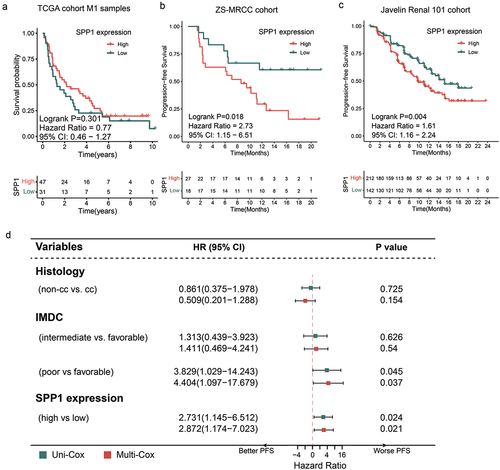
Figure 3. Association between SPP1 and T cell infiltration in RCC.
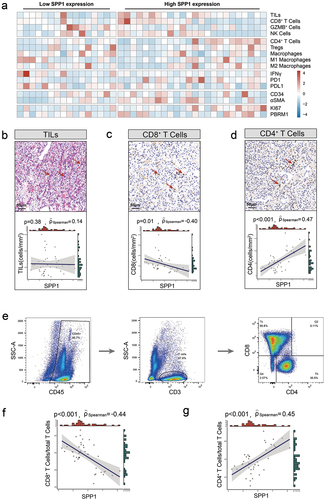
Figure 4. SPP1 is associated with T cell dysfunction and tregs infiltration in RCC.
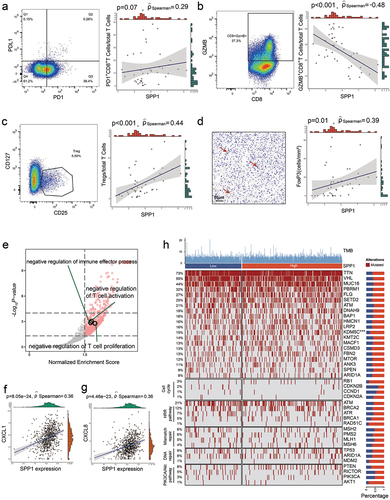
Figure 5. SPP1 is related with T cell exhaustion in RCC.
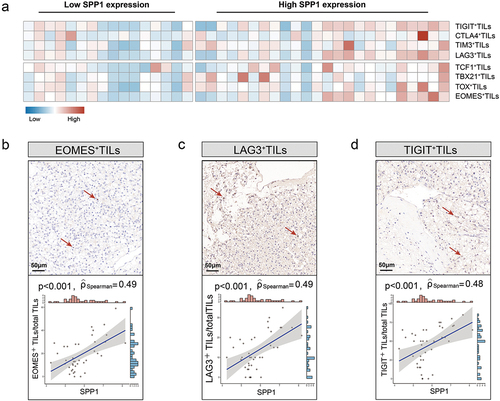
Figure 6. An integrated risk score model for IO-TKI benefit versus TKI monotherapy.
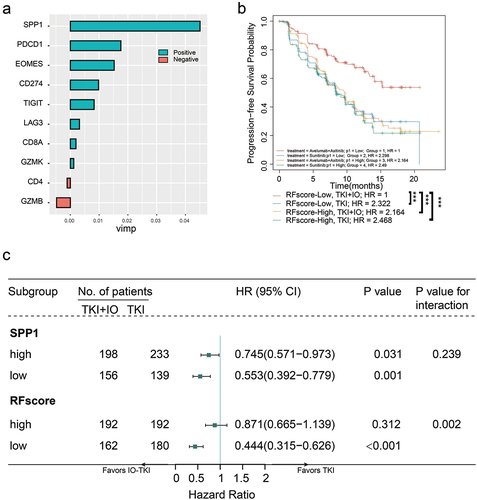
Supplementary Table S1.doc
Download MS Word (53.5 KB)Data availability statement
Data from the study can be shared with other researchers upon reasonable request, according to the data-sharing policy.
